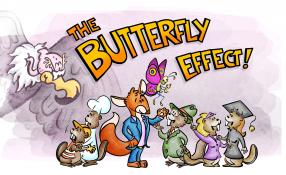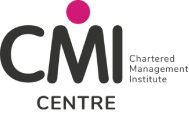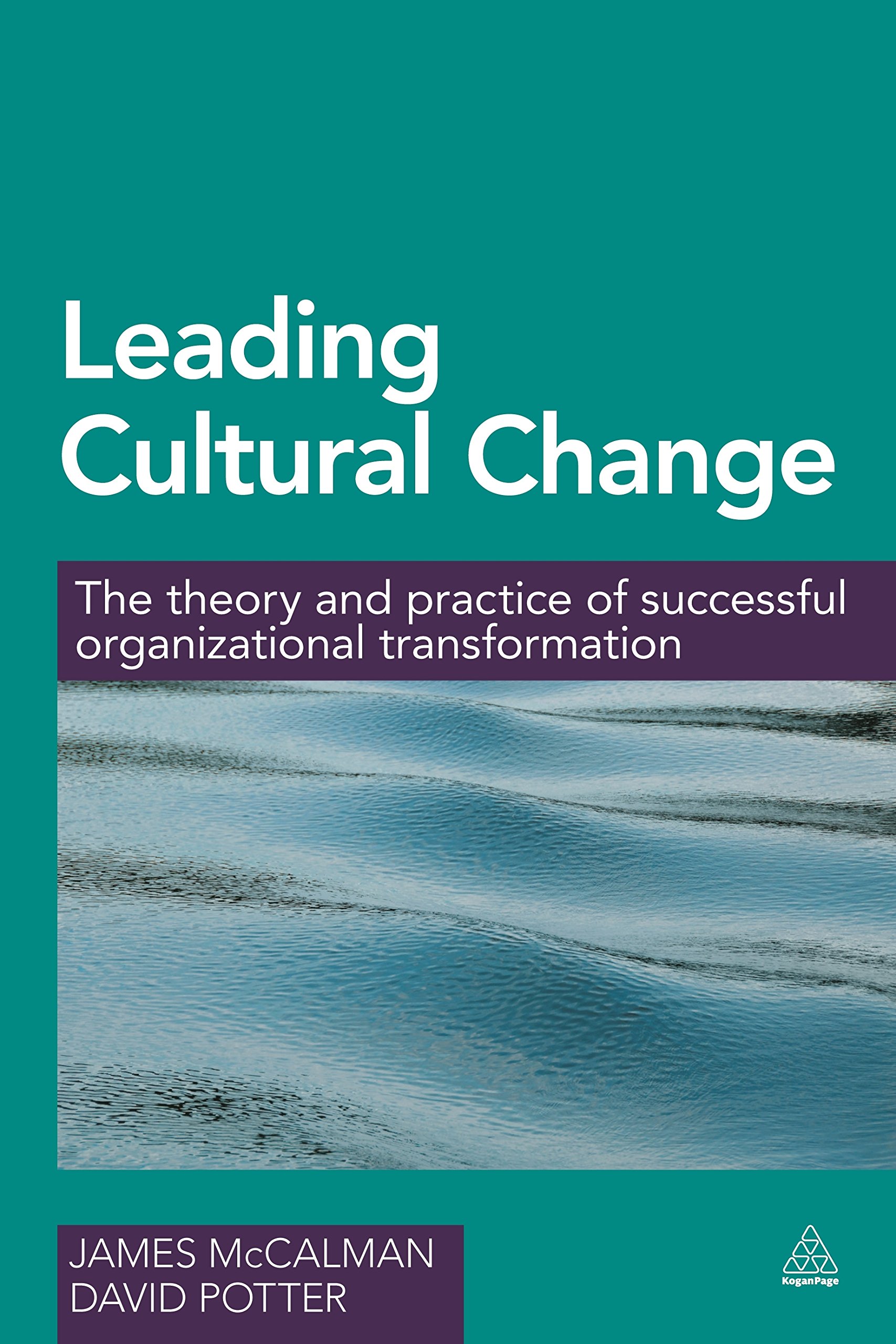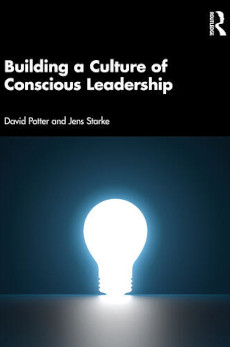The Butterfly Effect: Soft versus Hard Change Management Skills

Have you ever considered the difference between ‘hard’ and ‘soft’ change management skills? We make the following distinction ; ‘Hard’ change management skills involve analyses using change management models , writing, process mapping, co-ordinating activities; whilst ‘soft’ change management skills involves rapport building, emotional state management, reflexivity, perspective taking, building dialogue, engaging stakeholders, influencing and leading. In our experience learning the ‘hard’ skills mainly involves cerebral muscle. Also these are the skills that many change managers are open to learning and indeed mastering. However, when it comes to soft skills development, one may experience a paradox.
It is often the case that the importance of soft change management skills is minimised, and the importance of hard skills maximised. Yet when one involves change managers in the experience of developing their soft skills, they often find this very challenging. This is because developing ones soft skills involves critical reflexivity and this is not always a comfortable experience; so it is easier simply not to enage in such a learning experience. However, when one is open to this kind of learning the benifits can be impressive. Let us take an example:
“Susan is a change manager working for high profile local business. She is put in charge of a change project that aims to enhance customer care methods throughout the organisation. This involves the principle of the external and internal customer. Susan revels in the analytical and co-ordination aspect of the role. She is an exceptionally good report writer and a process mapper. So mapping out the customer experience and analysing contact points comes naturally to her. However, Susan is very unhappy regards some members of her team. She feels that they are defensive and reluctant to engage with the change project.
It was put it to Susan by an external coach that perhaps a lack of rapport between herself and these team members could be interpreted as resistance to the way she is interacting with them rather than perhaps resistance to the actual change rational. Perhaps if Susan was to be open to rapport building and re-framing developmental techniques and critical self-reflection, she could change her social strategies and perhaps change her social results in relation to her team members.
Susan found this idea very challenging. The issue was not with her it was with ‘them’. However, after a couple of coaching sessions Susan started to soften her perspective. She gradually moved from a fixed a closed perspective to an open perspective. In this perspective she was open to stepping into the shoes of these team members and understanding their point of view. She then moved on to a differentiated perspective through which she could see shades of difference that had value in different perspectives.
Subsequently she met again with her team members and adopting specific rapport building techniques and engaging in a dialogue she and her team mates were able to open up , differentiate and then create a new shared integrated perspective regards the case for change and how to approach it and importantly their role in supporting it.”
Susan excelled at the hard change management skills and now was on a journey to master the soft change management skills. By balancing her mastery of both Susan not only enjoyed her role much more she was also able to add so much additional value to her organisation as a multi skilled change leaderm who led with conscious awarness and social sensitivity. Susan became a role model in her organisation and initiated the Butterfly Effect https://lnkd.in/dT8fwC_ m through which leadership change and openness to personal development rippled through her management team.




